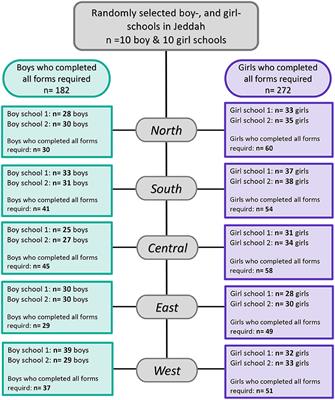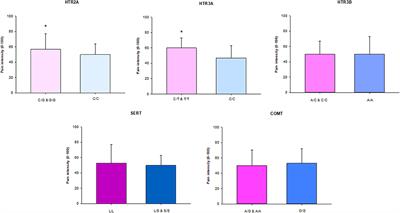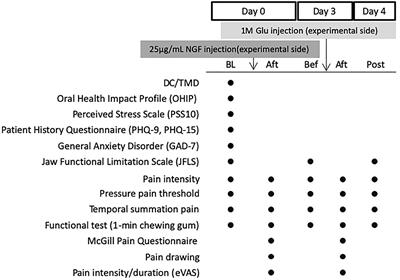EDITORIAL
Published on 14 Jan 2022
Editorial: Orofacial Pain of Muscular Origin—From Pathophysiology to Treatment
doi 10.3389/froh.2021.825490
- 2,016 views
- 4 citations
2,978
Total downloads
15k
Total views and downloads
EDITORIAL
Published on 14 Jan 2022
ORIGINAL RESEARCH
Published on 19 Nov 2021

ORIGINAL RESEARCH
Published on 02 Mar 2021

ORIGINAL RESEARCH
Published on 23 Nov 2020
